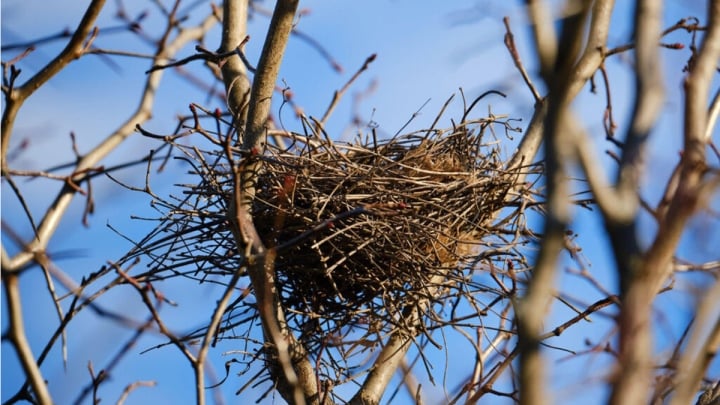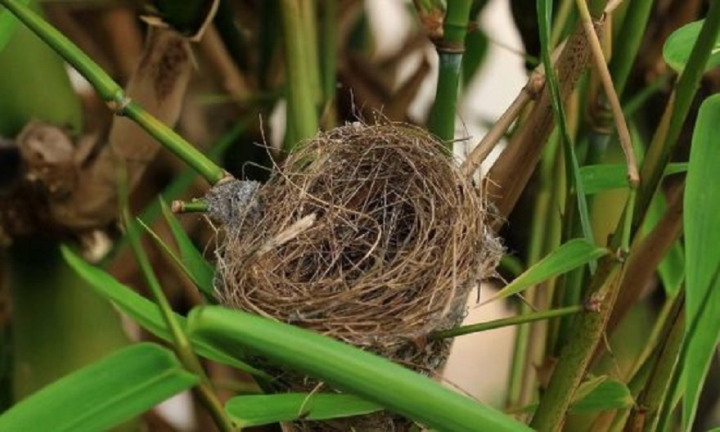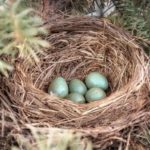Have you ever wondered about the direction of bird nests and what birds do to protect themselves during storms and heavy rain? Let’s find out!
Protecting the Nest from Rainwater
It may seem odd, but the fact that bird nests remain intact despite harsh weather conditions is a testament to their intelligence.
By building nests that face upward, birds can prevent water accumulation from rain, a common weather challenge they face. This design allows rainwater to drain quickly and efficiently, and the nest dries faster due to increased sun exposure and wind after the rain. As a result, the birds in the nest, especially the chicks, remain dry and comfortable, and the nest’s longevity is improved due to reduced water damage.

Why Do Bird Nests Usually Face Upward? Understanding Bird Behavior During Stormy Weather
Deterring Predators
Another reason bird nests often face upward is to deter predators. Birds have numerous natural enemies, including squirrels, foxes, and cats. By having the opening of the nest face upward, birds can stay hidden from predators searching from below, increasing their safety.
Additionally, when predators do spot a bird’s nest, they typically inspect the surface first. With the nest facing upward, it becomes more challenging for the predator to locate the precise entrance, providing the birds with an extra layer of protection.
How Do Birds Protect Themselves During Heavy Rain and Storms?
Apart from building upward-facing nests for efficient water drainage and drying, birds have other strategies to cope with unexpected downpours.
Birds are highly sensitive to weather changes and can take timely action to safeguard their nests and themselves during heavy rain and storms. Some birds cover their nests with dry leaves or feathers for extra protection from the rain, while others choose to relocate their nests to sheltered areas.

Why Bird Nests Face Upward
Interestingly, a bird’s feathers also play a crucial role in protecting them from the rain. Bird feathers are typically water-resistant, allowing rainwater to bead up and roll off without soaking the bird’s body. This feature helps keep them warm during cold, rainy weather, demonstrating their ability to withstand stormy conditions.
Some bird species also use their beaks to preen their feathers, keeping them clean and smooth, which further prevents rainwater from clinging to their bodies. Additionally, when faced with heavy rain, birds may choose nesting sites under large tree canopies, protruding rock faces, or cavities that offer shelter from the elements.



































